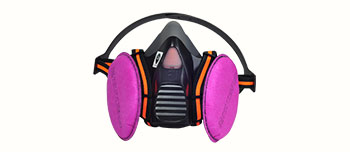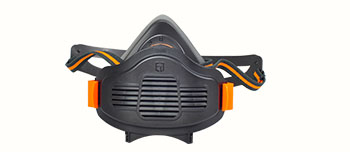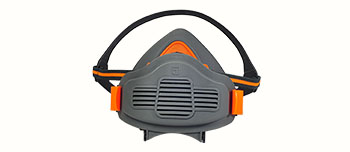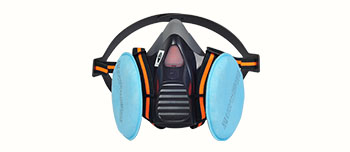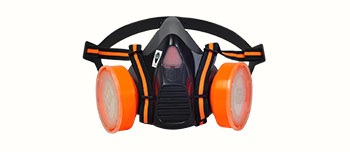Dust mask is a personal protective equipment specifically designed to prevent dust particles from entering the respiratory tract. According to different materials, designs, and filtering effects, dust masks can be classified into multiple categories, and different types of dust masks are suitable for different scenarios.
Disposable masks are one of the common dust masks, usually made of fiber materials and have a certain dust prevention effect. They are suitable for ordinary daily life, such as running, cycling and other activities in outdoor environments.
N95 mask is a commonly used filtering mask that can filter at least 95% of air particles, suitable for highly polluted environments such as factory operations, paint spraying, construction, and other scenarios. N95 masks are also commonly used in the medical field as a protective measure to prevent the spread of respiratory diseases.
FFP2 mask is a European standard mask with similar filtering effect to N95 mask, suitable for industrial and medical fields.
In addition to disposable masks, N95 masks, and FFP2 masks, there are also some dust masks made of special materials and designs, such as activated carbon masks, particulate matter masks, gas masks, etc., which are suitable for different specific environments and work scenarios.
When choosing a suitable dust mask, the following factors need to be considered:
The degree of environmental pollution: Choose appropriate filtering masks based on the concentration and type of particulate matter in the environment.
Working hours and frequency: Workers who are exposed to polluted environments for a long time or frequently need to choose filter masks to ensure respiratory health.
Personal health status: People with respiratory diseases such as asthma and allergies need to choose higher-level masks to protect themselves.
Overall, dust masks have different applications in various scenarios, and protecting the health of the respiratory system is very important. Choosing and using appropriate dust masks can effectively reduce the damage of particulate matter in the air to the respiratory tract and maintain physical health.
 English
English

